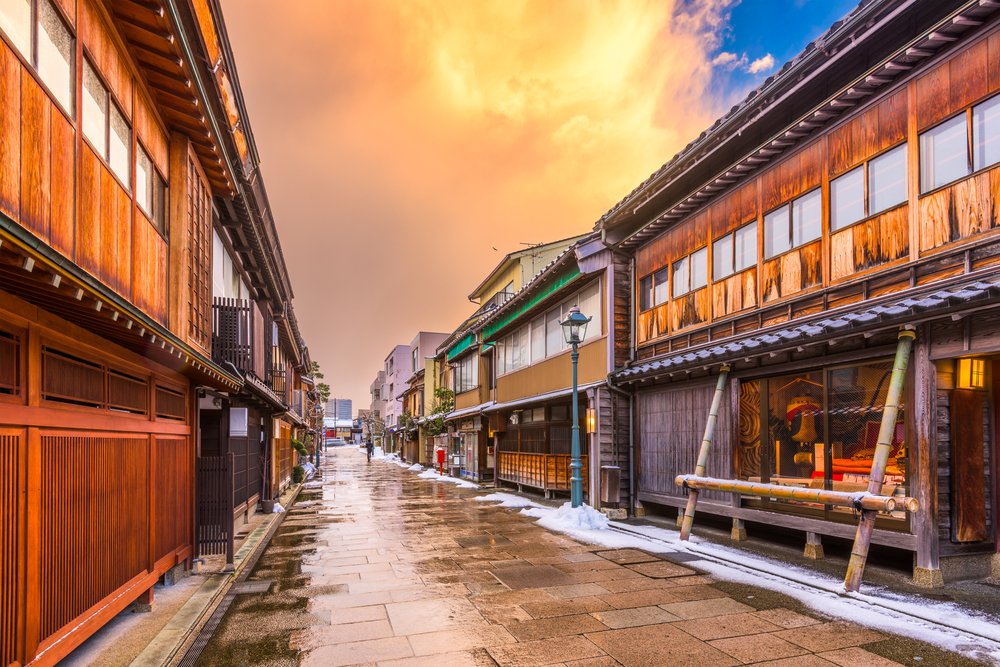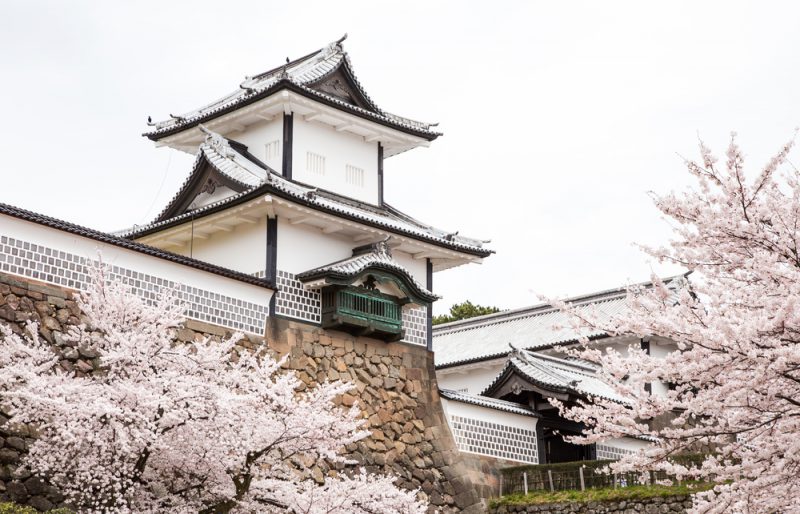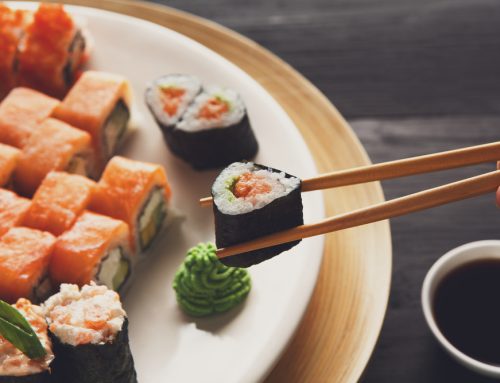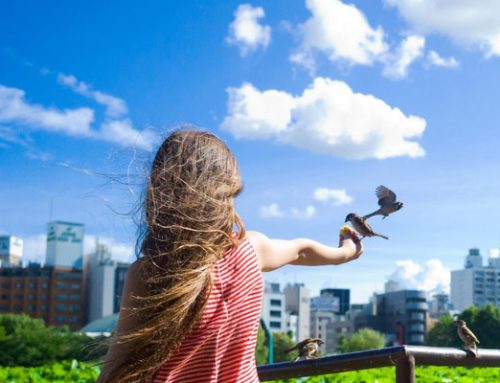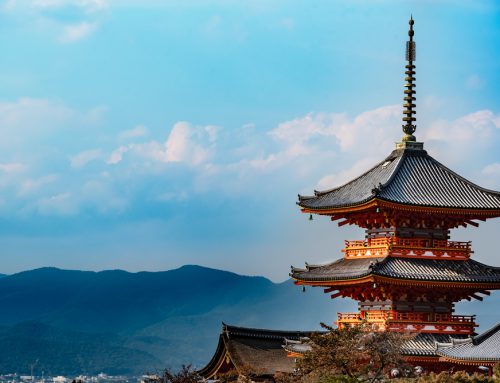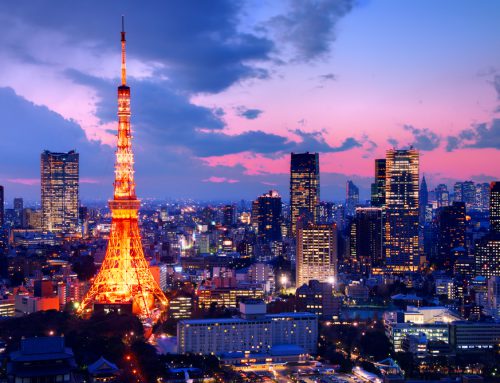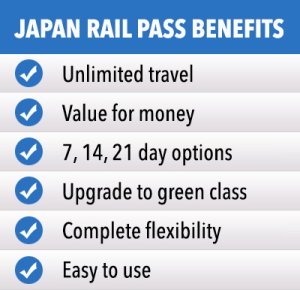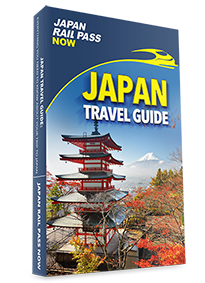Known as one of Japan’s most historic cities, Kanazawa has several centuries-old attractions that tourists from all over Japan and overseas flock to at all times of the year. For travellers who do not like long queues and crowds, visiting Kanazawa in the first half of December is highly recommended. I had the opportunity to visit this part of Ishikawa Prefecture in the beginning of winter and had an amazing time exploring some of its top tourist destinations in one day.
How to get to Kanazawa
I took an early morning Shinkansen from Tokyo Station to Kanazawa Station. The one-way trip was fully covered by my JR Pass and took about three hours.
For those without a JR Pass and wanting a cheaper alternative to travel to Kanazawa (and don’t mind travelling for twice or thrice the time), there are buses that travel from Tokyo, Takayama, Toyama, Kyoto, and other cities to Kanazawa. You can check bus routes and schedules on the Willer Express and Japan Bus Online websites.
Getting around Kanazawa
Upon arriving at Kanazawa Station around nine in the morning, I headed to the Tourist Information Centre located inside the station and bought a one-day Kanazawa Loop Bus pass. For the price of 500 yen, I was told that I could take an unlimited number of rides on three city tourist bus lines within that day – on the Kanazawa Loop Bus (Right Loop), the Kanazawa Loop Bus (Left Loop), and the Kenrokuen Shuttle – all of which stop at Kanazawa’s major tourist attractions. The terminals for the three loop buses are found right outside Kanazawa Station’s east gate exit.
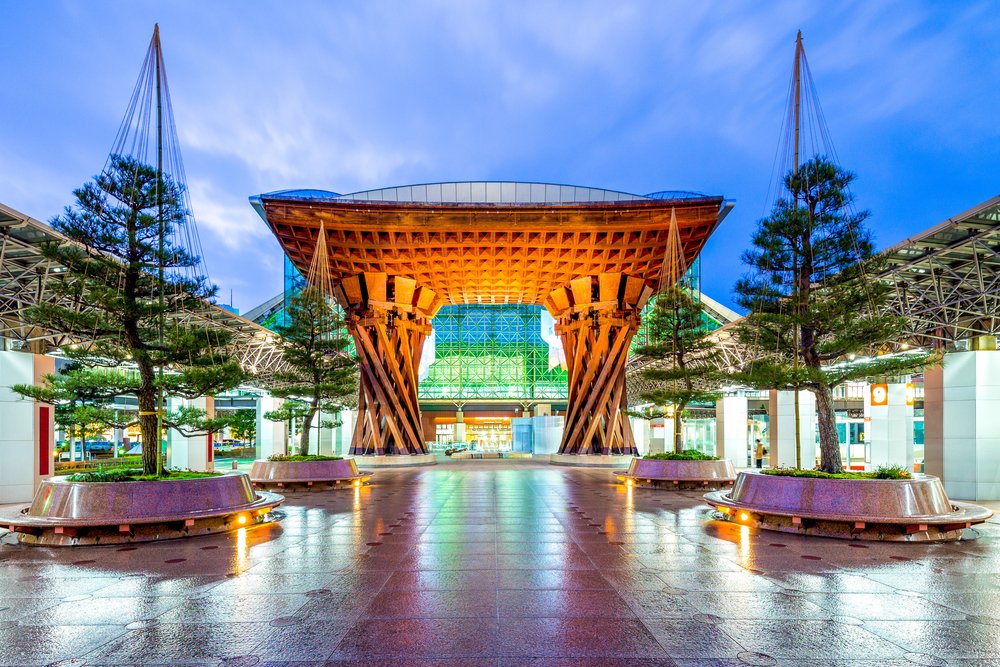
What to see
Kanazawa Castle
I decided to check out Kanazawa Castle first, so I hopped on a Kenrokuen Shuttle from Kanazawa Station East Gate Bus Terminal #6 and arrived at the Ishikawamon-mukai stop 20 minutes later.
Built in the 16th century, the castle grounds are home to a number of buildings and some well-manicured lawns and gardens, with walking paths and a pond. Entry is free, although admission to the Gojukken Nagaya Storehouse and its turrets costs 310 yen.
After spending about two hours exploring the Kanazawa Castle grounds and Gojukken Nagaya Storehouse, I decided to get some lunch before moving on to my next destination. There are a number of small restaurants around the castle complex serving a wide array of Japanese foods. I happened to be craving some gyudon that day, and was happy to find a café that served it. I paid about 1,200 yen for a set, which also included a small bowl of miso, a couple of side dishes, and tea.
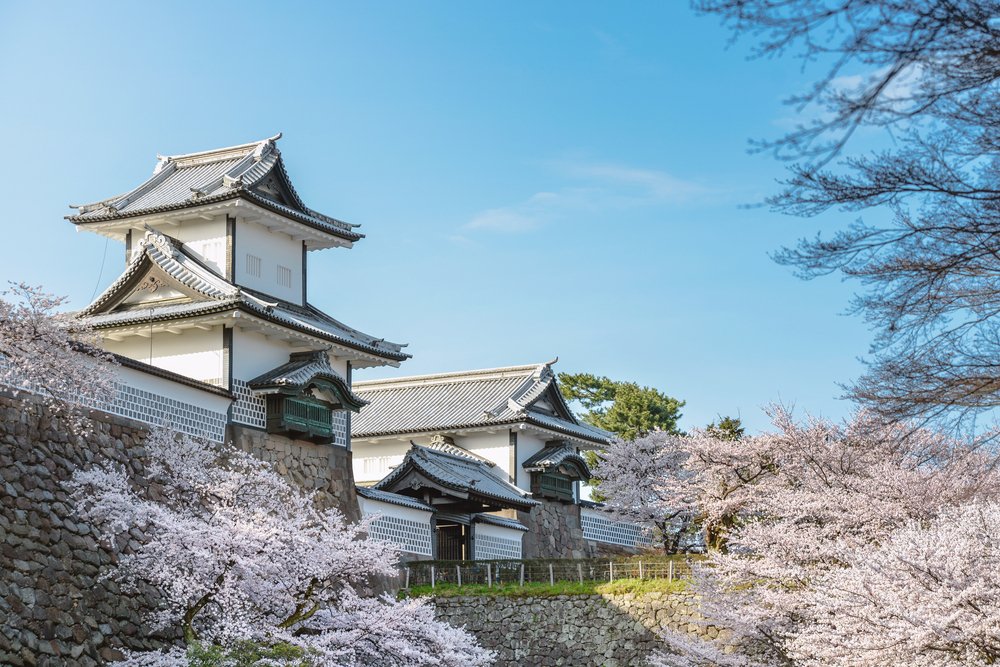
Kenrokuen Garden
My next stop was Kenrokuen Garden, which is located right across from the castle’s Ishikawa Gate. I bought an admission ticket at the entrance for 310 yen.
Considered to be one of the three most beautiful landscape gardens in Japan, it is a very spacious garden constructed in the 1620s. It features a wide array of plants and flowering trees, such as Neagari pine, Karasaki pine, plum, cherry, and maple trees, which looked beautiful even in the winter.
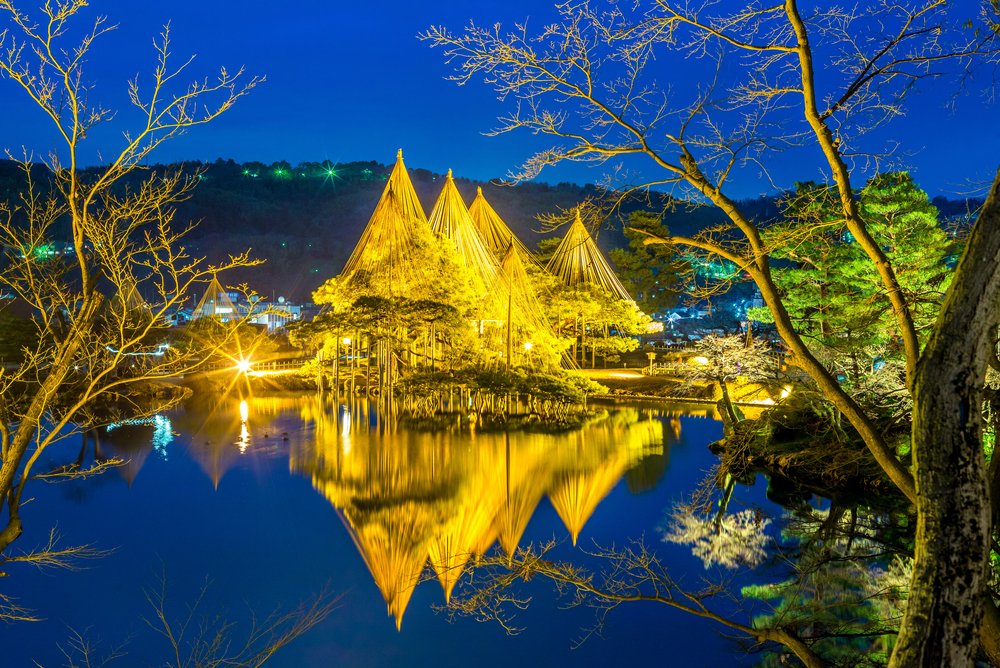
Nagamachi Samurai District
After about an hour, I walked back to the Ishikawamon-mukai stop and waited for a Kanazawa Loop Bus (Right Loop) to take me to the Nagamachi Samurai District. I got off at the Korinbo stop ten minutes later.
A short walk took me to an area where several restored traditional samurai houses have been transformed into museums and restaurants, and shops line the streets. The 400-year-old feudal structures have been well-preserved, their wooden roofs and mud gates and doors remain in good condition. Because it had already started snowing in the city, the mud walls of the residences were protectively covered with “komo”, mats made of straw.
To learn more about the life of samurai back in the feudal era, make sure you check out the Nomura Family Samura House (admission costs 500 yen), the Maeda Tosanokami-ke Shiryokan (admission is 300 yen) and the Ashigaru Shiryokan Museum (free of charge).
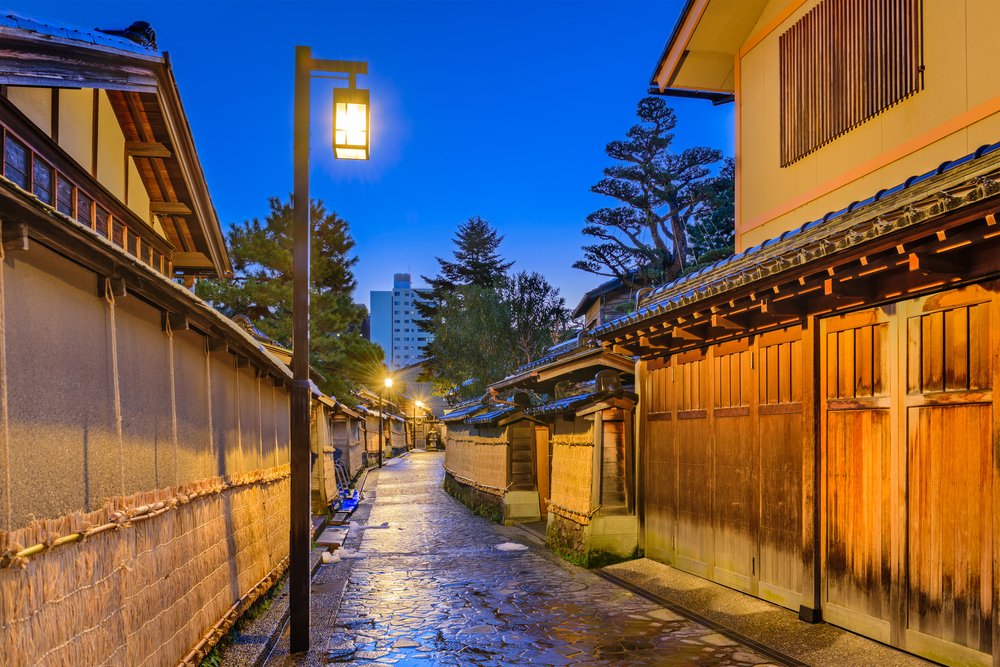
Higashi-chaya District
To get to Higashi-chaya from Nagamachi, I boarded a Kanazawa Loop Bus (Left Loop) at the Korinbo stop, and got off at the Hashiba-cho stop, approximately 20 minutes later.
Home to many teahouses, specialty shops, cafes and restaurants, Kanazawa’s geisha district consists of narrow streets lined with old and traditional Japanese buildings. Some of the teahouses operate as museums and have exhibits of musical instruments and other objects geisha use when performing.
At about seven in the evening, I decided to call it a day. Spending another day in Kanazawa is definitely worth it to see its other notable attractions, such as the Ninjadera, the Omicho Market and the Nishi Chaya District.
